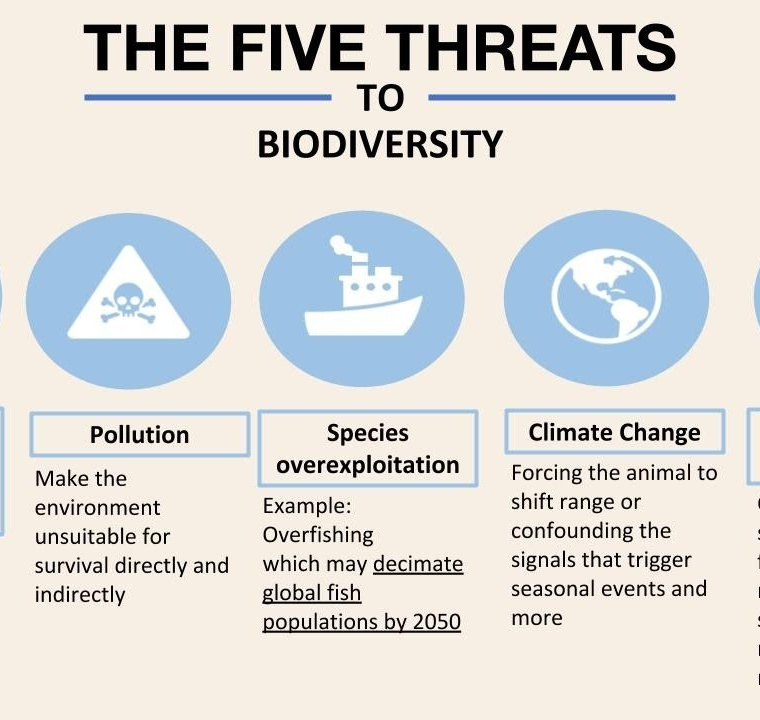Managing Forests and Rangelands To Increase Resiliency and Drought Adaptationl
How can forest and rangeland practices adapt to changing drought regimes? Frequent low-severity drought may selectively favor more drought-tolerant species and create forests and rangelands better adapted to future conditions without the need for management intervention. By contrast, severe drought (especially in combination with insect outbreaks or fire), may threaten large-scale changes that warrant substantial management responses. Actions could range from reducing vulnerability, facilitating post-drought recovery, or facilitating a transition to a new condition.
Management actions can either mitigate or exacerbate the effects of drought. A first principal for increasing resilience and adaptation would be to avoid management actions that exacerbate the effects of current or future drought. Options can include altering structural or functional components of vegetation, minimizing drought-mediated disturbance such as wildfire or insect outbreaks, and managing for reliable flow of water. Managers can implement structural changes by thinning or density management of planted forests. Thinned stands require less water and may be less vulnerable to water stress and insect outbreaks. Reduced fuel loads in thinned stands can also reduce wildfire risk.
Managers can also implement functional changes by favoring or planting more drought-adapted species. Management for a diversity of species can reduce stand vulnerability to drought, as uncertainty in future climate can encourage management for mixtures of drought-tolerant species and genotypes. Species diversity can also reduce intensity of insect attacks. In some regions of the United States, planting or favoring more drought-tolerant species may conflict with management objectives that favor rapid accumulation of biomass, as fast-growing woody species often use more water and exacerbate drought impacts.
While harvesting increases annual water yield in some forest ecosystems, a large reduction of forest cover is needed to have an appreciable effect on water yield. Hence, potential increases in streamflow through forest cutting are limited by the amount of land that managers can harvest. In addition, streamflow responses are often short term due to rapid forest regrowth, and the aggrading postcut forest may actually have lower streamflow than the uncut forest. In contrast to management actions that are intended to augment streamflow, increasing drought stress in some forest ecosystems may warrant management strategies that retain water (and hence reduce streamflow) on the landscape in order to keep trees alive. Land managers may need to plan the timing of some management activities to ensure that ecosystems have optimal growing conditions and that these activities do not disturb streams during low-flow periods. Removal and alteration of riparian vegetation increases stream temperatures; therefore, maintaining or increasing shading from solar radiation through riparian buffer zone conservation and restoration may mitigate any changes in stream temperatures caused by drought.
Vose, J.; Clark, J.; Luce, C.; Patel-Weynand, T. Effects of Drought on Forests and Rangelands. U.S. Department of Agriculture, Forest Service, Climate Change Resource Center. www.fs.usda.gov/ccrc/topics/drought





